Author: Cade Jobe
Despite the historical brewing practice of fermenting beer in open vessels, it has become nearly ubiquitous to ferment in a sealed container affixed with an airlock or blowoff tube. This closed fermentation is said to protect the fermenting beer from microbial spoilage, reduce ester formation, and decrease exposure to oxygen as fermentation finishes up. As such, most modern modern fermenters, from glass carboys to stainless cylindroconical vessels, were designed with this in mind, thus reducing the practice of open fermentation.
While open fermentation has come to be associated with Anchor Brewing Company, Yorkshire Squares, Burton Union systems, and coolships, few think of it as a method used by traditional lager brewers. Until relatively recently, lagers were regularly fermented in open vessels, in fact Pilsner Urquell only switched from open wood fermenters to closed cylindroconicals in 1993.
I was fascinated by the results of a recent xBmt comparing a British Golden Ale fermented in an open vessel to one fermented in a closed vessel, not only that participants were able to reliably distinguish the beers, but that a majority of those who did preferred the open fermented version. Curious to see how things would pan out in a pale lager, I decided to test this variable out again for myself.
| PURPOSE |
To evaluate the difference between a pale lager fermented in a closed vessel and one fermented in an open vessel.
| METHODS |
For this xBmt, I went with a very simple Czech-style Pilsner recipe that I’ve enjoyed in the past.
Heavy Lead Curtain
Recipe Details
| Batch Size | Boil Time | IBU | SRM | Est. OG | Est. FG | ABV |
|---|---|---|---|---|---|---|
| 5.2 gal | 60 min | 23.6 IBUs | 3.7 SRM | 1.055 | 1.016 | 5.2 % |
| Actuals | 1.055 | 1.015 | 5.3 % | |||
Fermentables
| Name | Amount | % |
|---|---|---|
| Pilsner (2 Row) Ger | 10.75 lbs | 95.56 |
| Cara-Pils/Dextrine | 8 oz | 4.44 |
Hops
| Name | Amount | Time | Use | Form | Alpha % |
|---|---|---|---|---|---|
| Saaz | 28 g | 60 min | Boil | Pellet | 3.8 |
| Saaz | 28 g | 30 min | Boil | Pellet | 3.8 |
| Saaz | 14 g | 5 min | Boil | Pellet | 3.8 |
| Saaz | 14 g | 1 min | Boil | Pellet | 3.8 |
Yeast
| Name | Lab | Attenuation | Temperature |
|---|---|---|---|
| Urkel (L28) | Imperial Yeast | 73% | 52°F - 58°F |
Notes
| Water Profile: Ca 194 | Mg 17 | Na 18 | SO4 389 | Cl 50 |
Download
| Download this recipe's BeerXML file |
After collecting the water for a 10 gallon/38 liter batch, I adjusted it to my desired profile, then lit the flame under the kettle.
Once the water was properly heated, I incorporated the milled grains then checked the mash temperature.
During the mash rest, I collected out the kettle hop addition.
When the 60 minute mash was complete, I sparged to collect the pre-boil volume.
The wort was boiled for 60 minutes then quickly chilled with my IC before I took a hydrometer measurement showing it was at the expected OG.
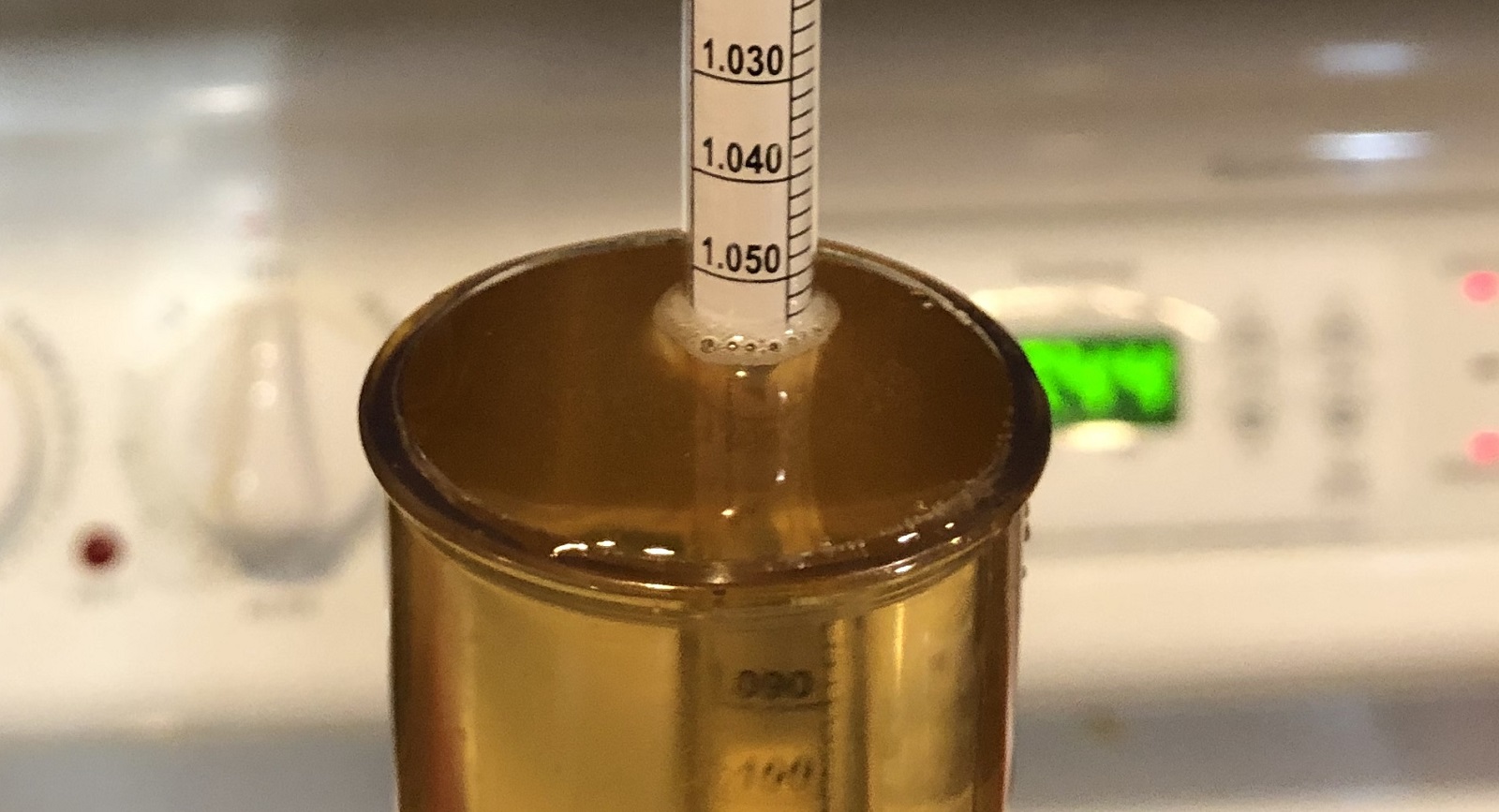
I split the wort evenly between 2 sanitized Brew Buckets and put them in my fermentation chamber finish chilling. With both worts were at my desired fermentation temperature of 54°F/12°C the following morning, I pitched a pouch of Imperial Yeast L28 Urkel into each then put the lid on one while the other was covered with sanitized cheesecloth.
Fermentation kicked off within 18 hours and was going strong at 3 days in, as indicated by airlock activity on the closed batch and kräusen development on the open batch.
After 10 days of fermentation, I raised the temperature in the chamber to 68°F/20°C for a 3 day diacetyl rest before taking a hydrometer measurement confirming both reached the same FG.
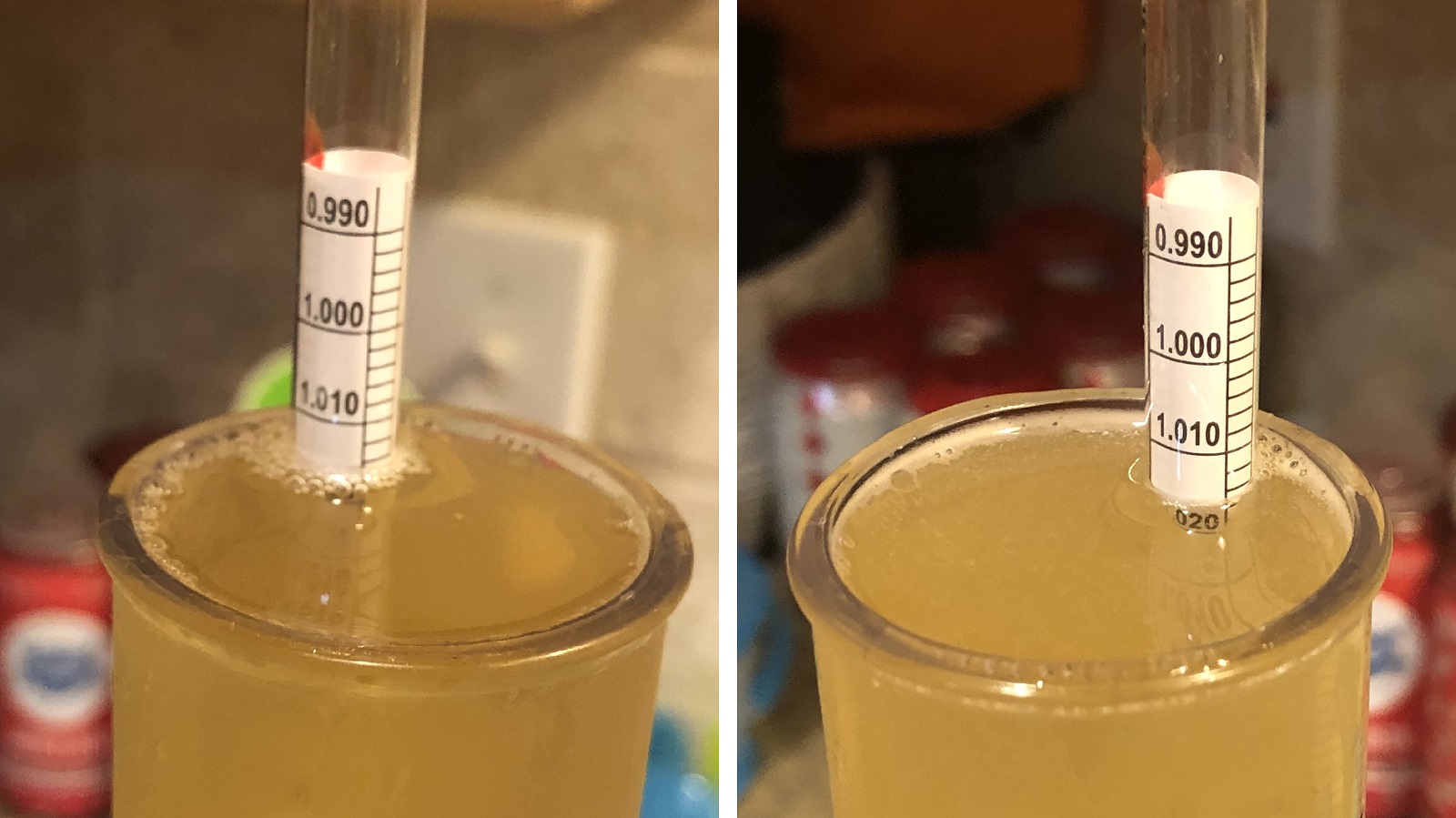
The beers were cold crashed over two nights then pressure transferred to sanitized and purged kegs.
The filled kegs were placed in my keezer, burst carbonated, then left to condition for a week before they were ready to evaluate.
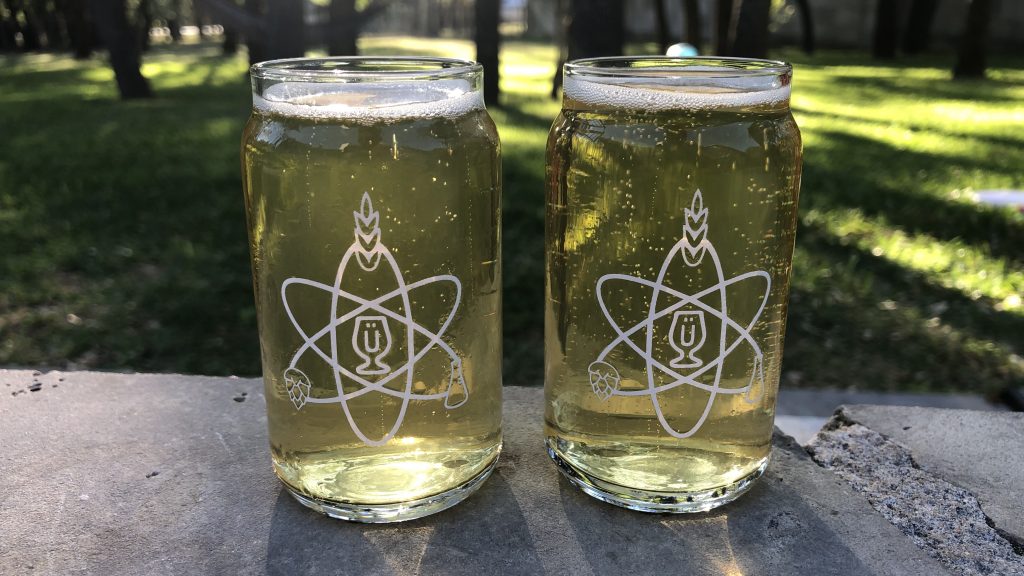
| RESULTS |
Due to social distancing practices as a result of the COVID-19 pandemic, data for this xBmt was unable to be collected in our typical manner. As such, temporary adaptations were made involving the author completing multiple semi-blind triangle tests in as unbiased a way as possible.
Utilizing 4 opaque cups of the same color where 2 were inconspicuously marked, one set was filled with the beer fermented in a closed vessel while the other set was filled with the beer fermented in an open vessel. For each triangle test, 3 of the 4 cups were indiscriminately selected, thus randomizing which beer was the unique sample for each trial. Following each attempt, I noted whether I was correct in identifying the unique sample. Out of the 10 semi-blind triangle tests I completed, I needed to identify the unique sample 7 times (p<0.05) in order to reach statistical significance, though I did so just 4 times (p=0.44), indicating my inability to reliably distinguish a pale lager fermented in a closed vessel from one fermented in an open vessel.
I was fully convinced I was going to be able to tell these beers apart, and the fact I couldn’t left me feeling quite surprised. During active fermentation, my chamber was filled with an unusual banana aroma that I can only assume came from the open fermentation beer, as I’d never smelled it before when using the same yeast in closed vessels. Oddly enough, I perceived no banana character in either beer, both were crisp, clean, and perfect for the Texas heat!
| DISCUSSION |
For hundreds of years, brewers almost exclusively relied on open fermentation vessels, though it has fallen out of favor due to concerns related to contamination, oxidation, and especially unwanted esters. Interestingly, I was unable to reliably tell apart a pale lager fermented in a closed container from one fermented in an open vessel, indicating any impact of open fermentation was too small for my palate to pick up.
Considering the significant results from a previous xBmt looking at the impact of open fermentation on a British Golden Ale, it seems possible yeast is a factor. Brewers often speak of strains they believe to be sensitive to certain conditions including pressure, perhaps more expressive yeasts react differently to open fermentation than cleaner strains.
I mostly ferment in stainless steel fermenters that disallow any viewing of the fermenting beer, so being able to watch the kräusen form and fall was definitely a plus to fermenting in an open vessel. Another advantage is that fermentation byproducts such as sulfur can more readily escape instead of being reabsorbed into the beer when fermentation subsides. Despite being unable to tell apart the pale lagers in this xBmt, I’ve no plans to adopt open fermentation as a normal part of my brewing routine, though I certainly plan to continue exploring the impact it has on other styles.
If you have any thoughts about this xBmt, please do not hesitate to share in the comments section below!
Support Brülosophy In Style!
All designs are available in various colors and sizes on Amazon!
Follow Brülosophy on:
FACEBOOK | TWITTER | INSTAGRAM
If you enjoy this stuff and feel compelled to support Brulosophy.com, please check out the Support page for details on how you can very easily do so. Thanks!


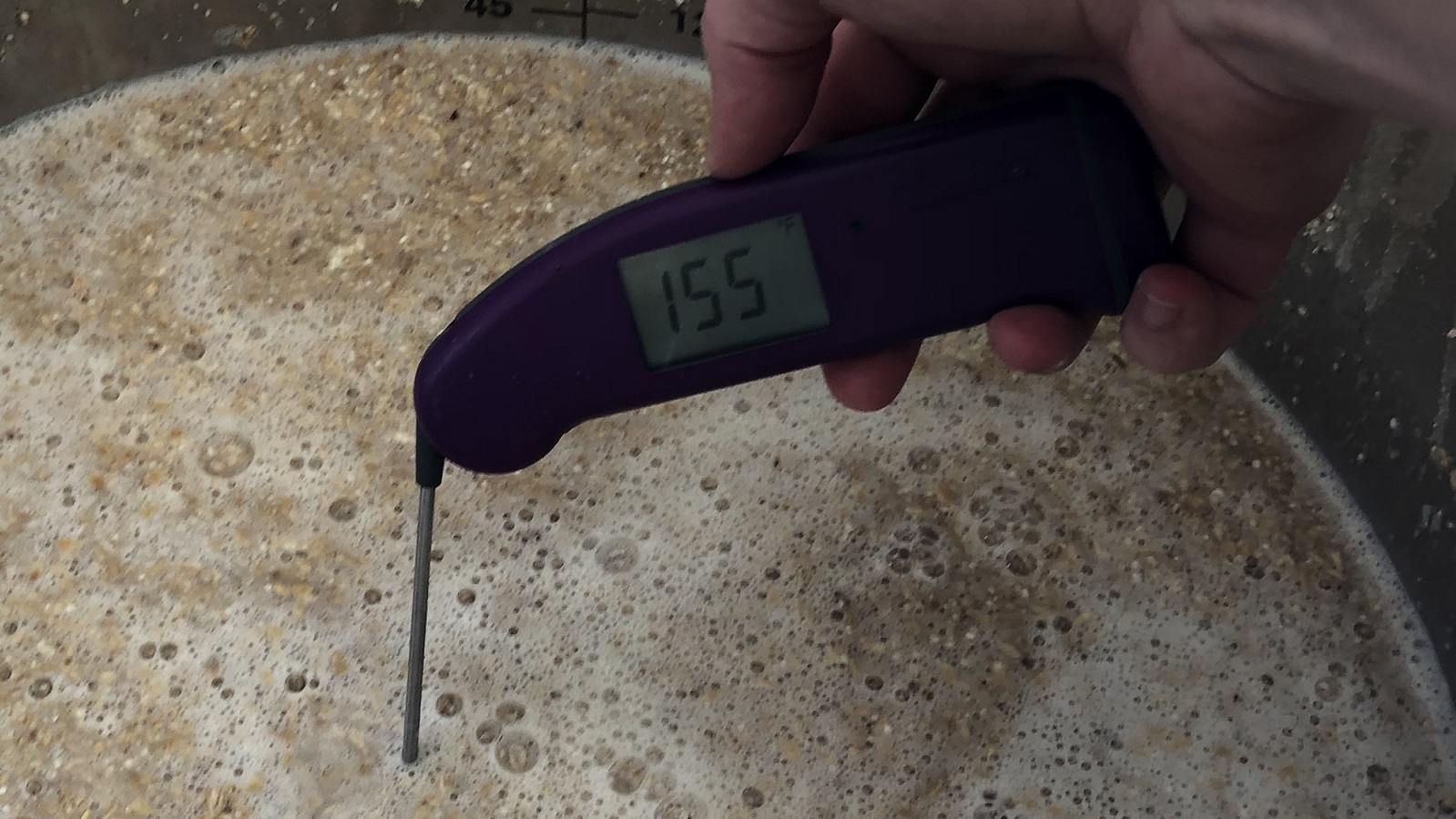
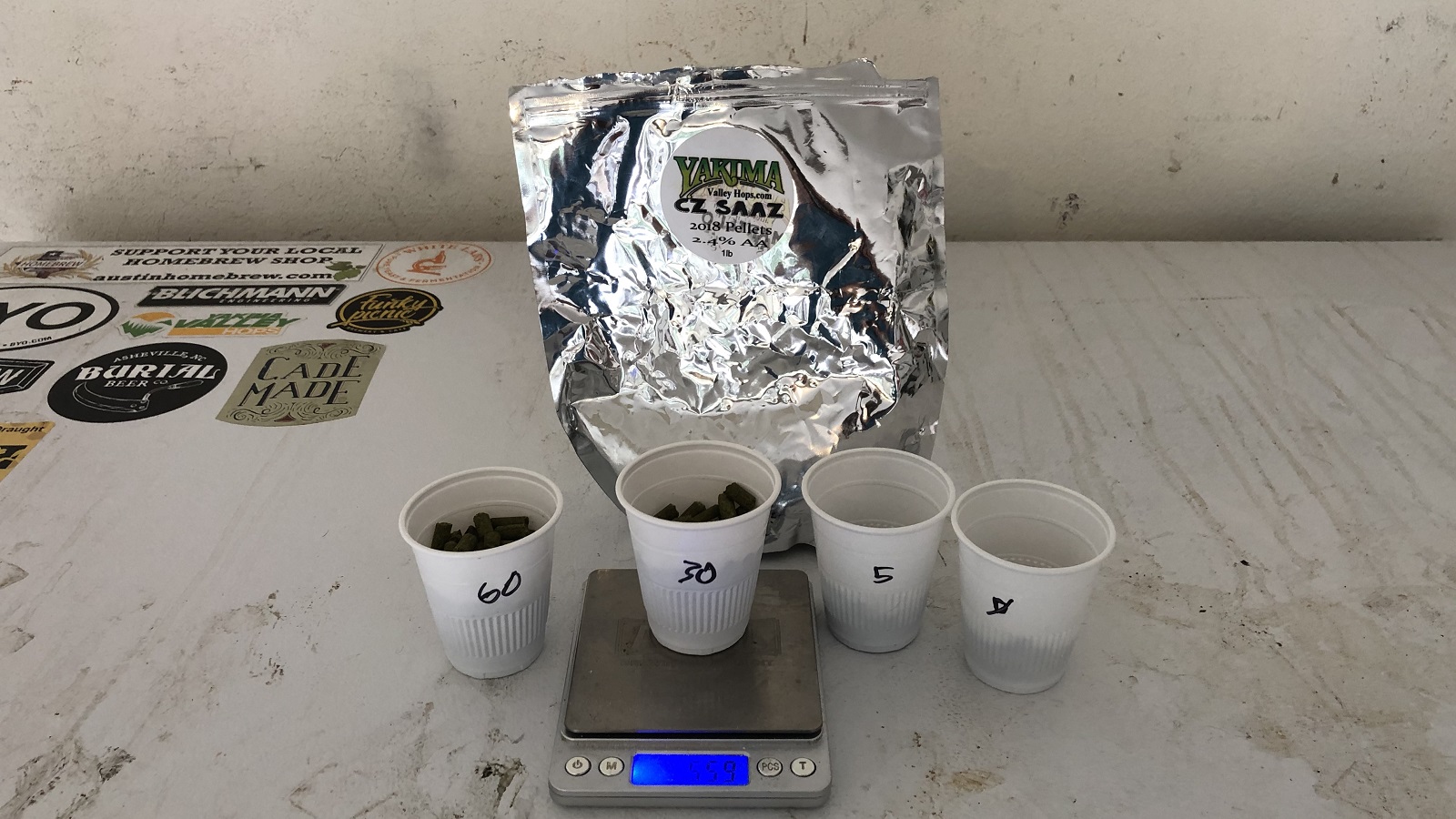
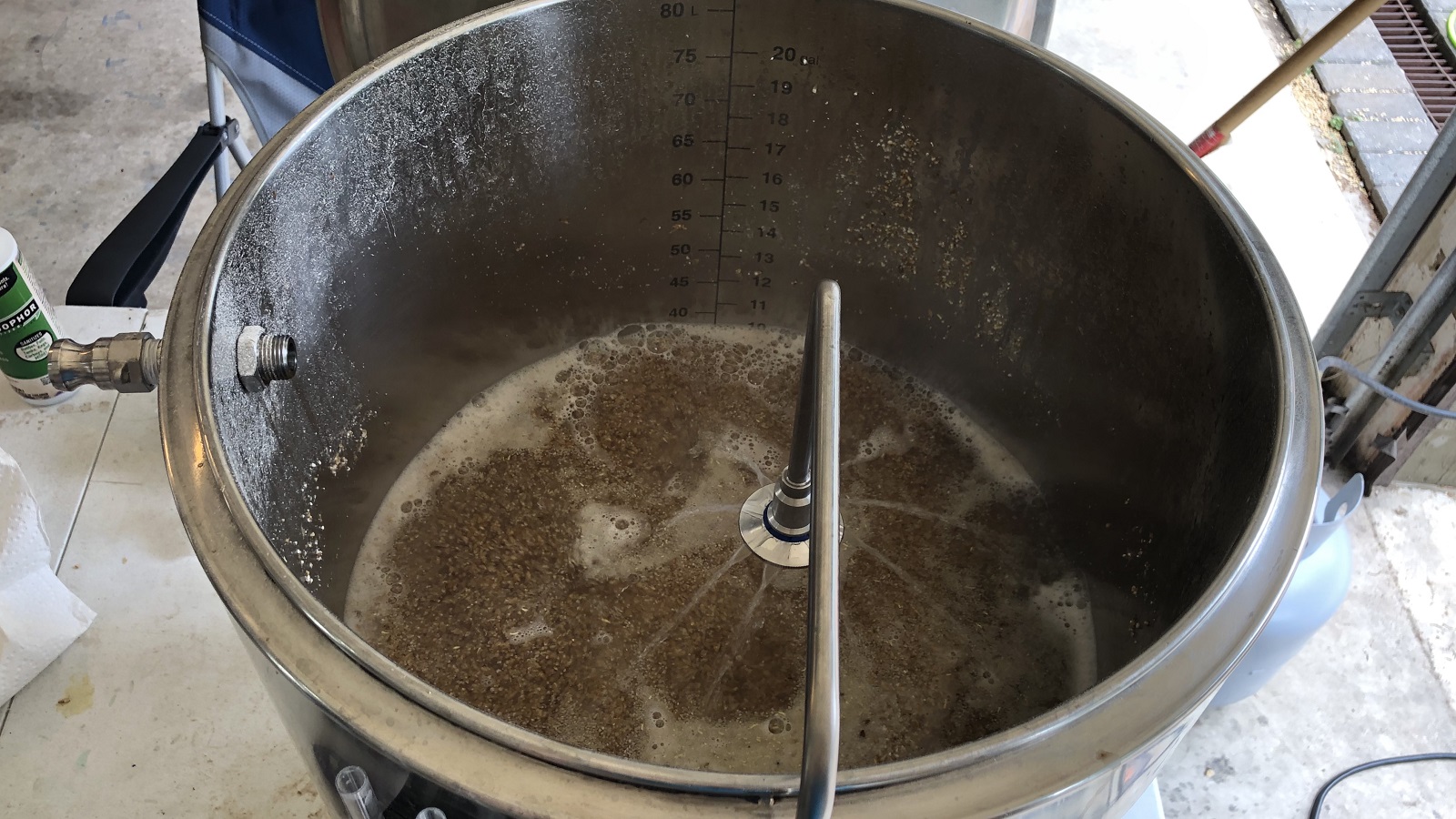
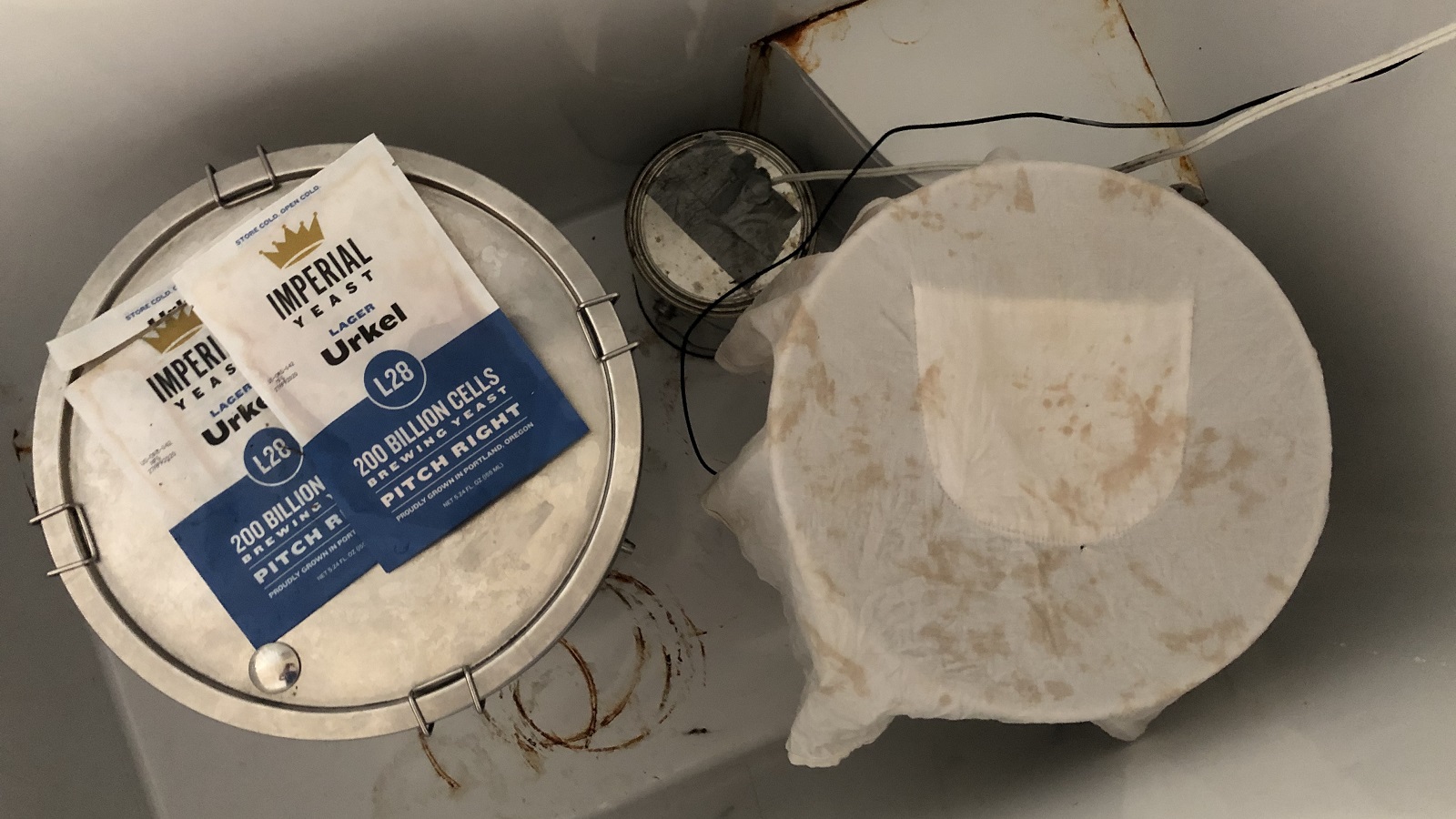
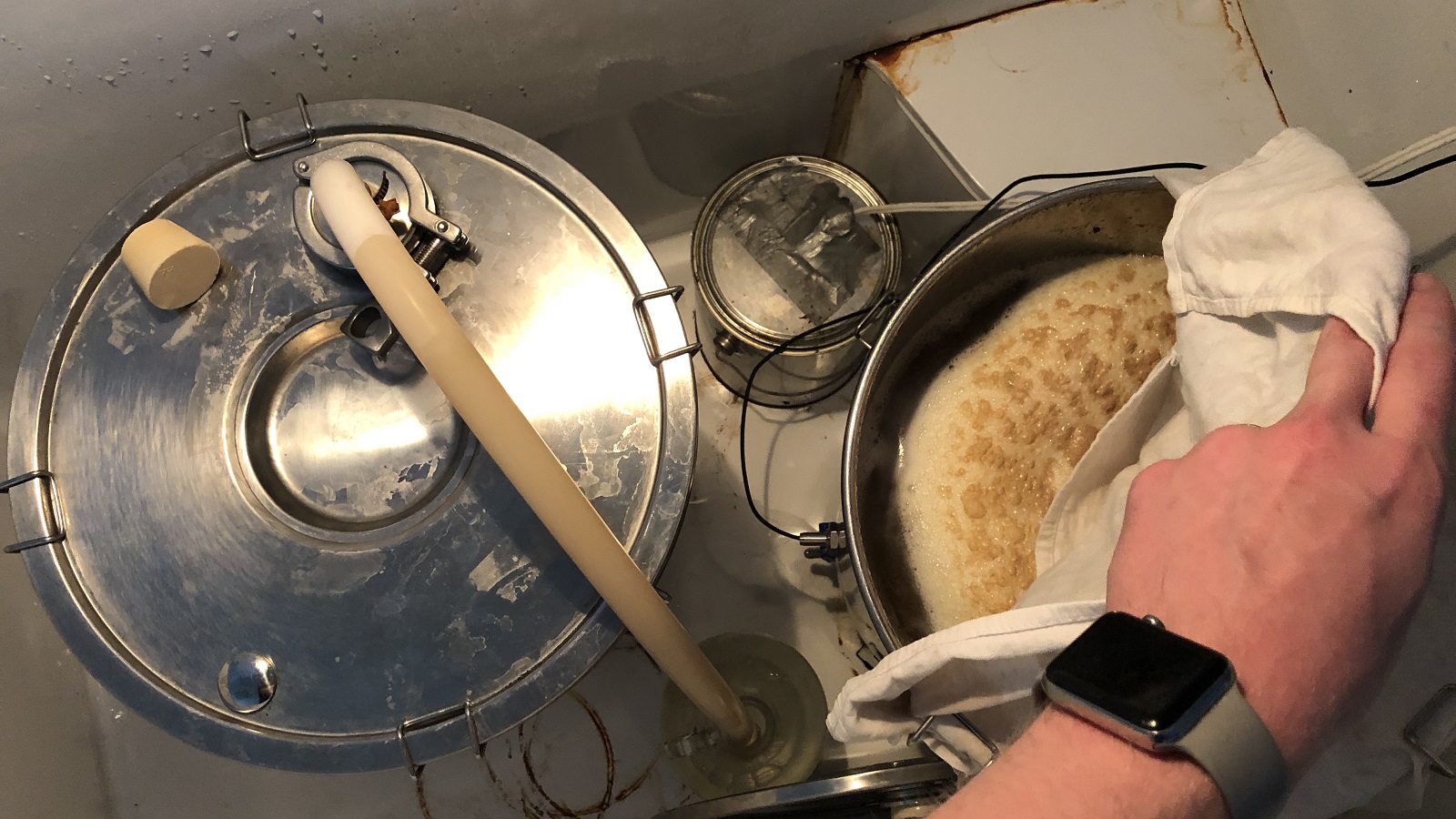












13 thoughts on “exBEERiment | Impact Open Fermentation Has On A Czech Premium Lager”
I’ve open fermented in my mash and boil multiple times with saisons and most recently an IPA and I feel that it was a better beer. Kveik yeast was my go to as it was quick and had less time to risk infection.
Did you cold crash open as well? Or did you close it up after FG was reached?
I closed the fermenter when FG was reached after diacetyl rest. Then cold crashed.
Is that water profile for real? Do you boost Ca to limit acid requirements ?
Just a guess, but I expect that calcium and chloride were flip-flopped
I thought that open fermentations where capped after krausen began to fall to prevent negative infections once the protection of that layer was gone. Is that correct/wrong?
I wouldn’t say it’s correct or incorrect. Ideally, you want to maximize the benefits of open fermentation while preventing spoilage. There’s a lot of wiggle room between those two. I chose to cap once fermentation was completed and diacetyl rest was complete. I didn’t note any unwanted inoculations.
Nice experiment! I’ve often wondered if lager yeast would be noticeable different if open fermented. I should have remembered to do this on a Witbier I just made.
Could you comment on oxidation if you store it for a longer period of time? If the beer are fresh that just came out of fermentation I agree there would be little distinguishable taste however given time the one in open fermentation would developed a cardboard taste?
Wow! That’s a boat load of gypsum for a Czech lager. Interesting result though.
It’s sort of a semi open fermentation since it was in a closed fermentation chamber. Not much chance of an odd wild bug dropping in. I think if you had done it actually open and not enclosed you might have been able to tell the difference. Or maybe not? Still interesting experiment.
The reference xBmt comparing a British Golden Ale was fermented similarly. Warmer, to be sure.
Had the krausen dropped when it came to CC (and you closed the vessel off)?